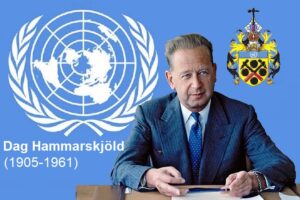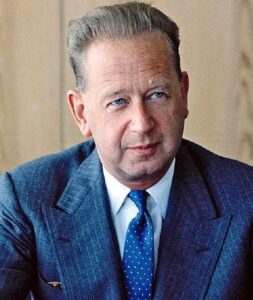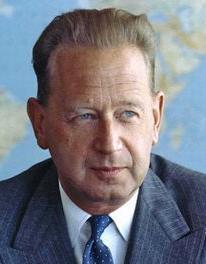Courtesy of Dr. Susan Williams:
Investigation into the conditions and circumstances resulting in the tragic death of Dag Hammarskjöld and of the members of the party accompanying him
Attached is the 2024 Report of Justice Mohamed Chande Othman, who was appointed by UN Secretary-General António Guterres to lead the investigation into the tragic plane crash in September 1961 that killed UN Secretary-General Dag Hammarskjöld and the 15 people accompanying him. The 2024 Report has just been published and is available in the six official languages of the UN. The English-language version is attached.





